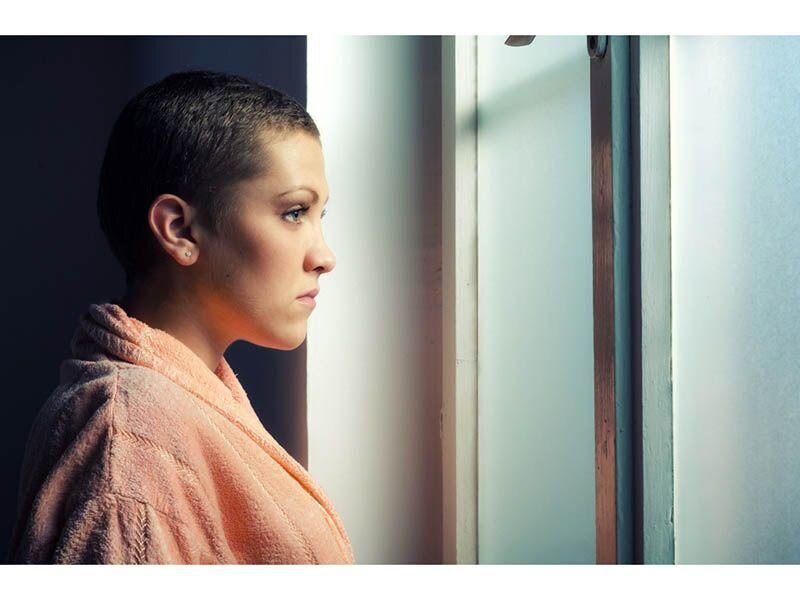
(HealthDay)—If winter gets you down, you may have a form of depression called SAD.
That’s short for seasonal affective disorder.
SAD brings on mood changes during fall and winter, when there is less sunlight, and symptoms typically ease up in the spring. But the American Psychiatric Association says SAD goes beyond the “winter blues.” Its symptoms can range from mild to severe and interfere with every day life.
Those symptoms can include feeling sad or depressed; loss of interest or pleasure in activities you once enjoyed; sleeping much more but not feeling rested; feeling worthless or guilty; and difficulty thinking, concentrating or making decisions. And, familiar to many, SAD can also bring on a craving for carbohydrates and other appetite changes.
It can even spark thoughts of death or suicide.
The good news is there are several treatments for SAD, including antidepressant medications, talk therapy and light therapy.
Light therapy involves spending 20 minutes or more a day in front of a box that emits a very bright light, usually first thing in the morning. Many people start to benefit from light therapy within one or two weeks, and treatment usually continues through the winter. Some people begin light therapy in early fall to prevent SAD.
For many, increased exposure to sunlight can also help. This might involve spending time outside or arranging your home or office to give you exposure to outside light during the day.
Getting regular exercise, eating a healthy diet, getting enough sleep and staying connected (such as volunteering, participating in group activities and getting together with friends and family) can also help combat SAD.
Source: Read Full Article
